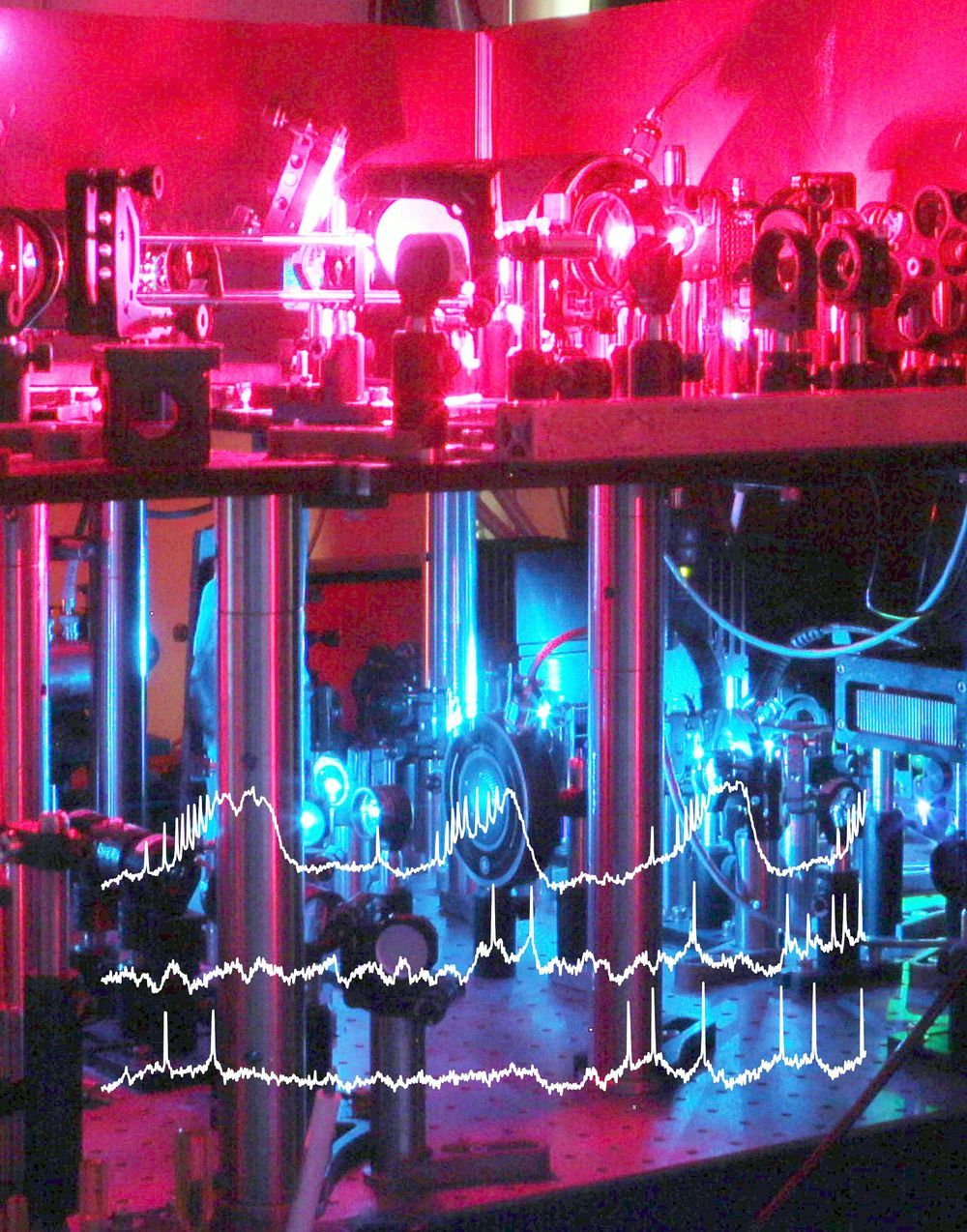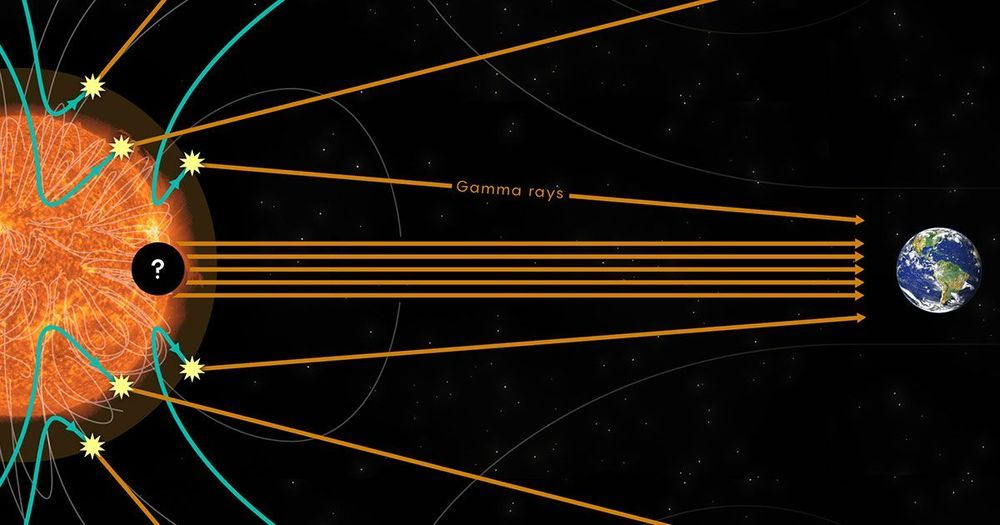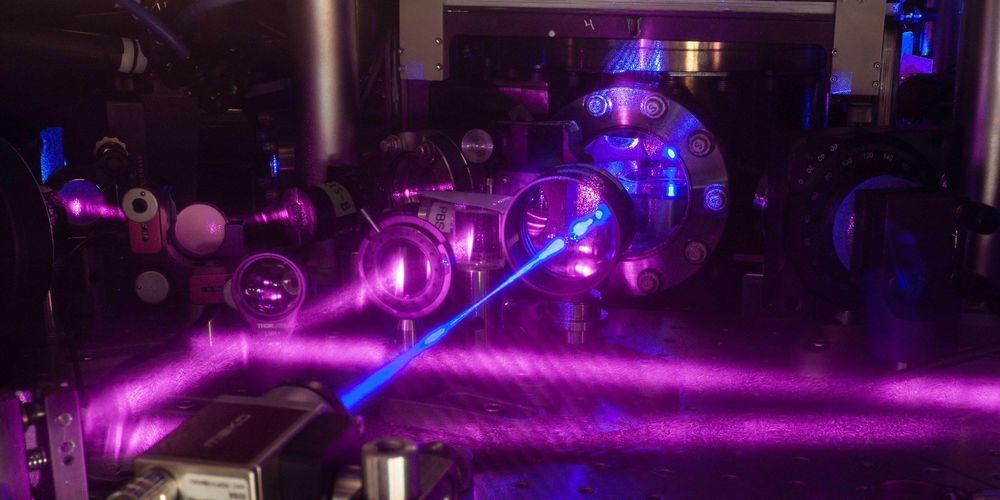Page 8830
Right now Chandra is studying a cluster of stars in Camelopardalis! Nearby in the sky is planetary nebula NGC 1501. The progenitor star seen in the center of this nebula looks like a shimmering pearl inside of a glowing shell to some, inspiring the nickname the Oyster Nebula!
May 1, 2019
Brain mapping: New technique reveals how information is processed
Posted by Xavier Rosseel in categories: biotech/medical, engineering, neuroscience
Scientists have discovered a new method for quickly and efficiently mapping the vast network of connections among neurons in the brain.
Researchers combined infrared laser stimulation techniques with functional magnetic resonance imaging in animals to generate mapping of connections throughout the brain. The technique was described in a study published in the journal Science Advances.
“This is a revolution in detecting connections in the brain,” said senior author Anna Wang Roe, Ph.D., a professor in the Division of Neuroscience at OHSU’s Oregon National Primate Research Center. “The ability to easily map connections in the living brain with high precision opens doors for other applications in medicine and engineering.”
May 1, 2019
How live recordings of neural electricity could revolutionize how we see the brain
Posted by Saúl Morales Rodriguéz in category: neuroscience
Red and blue lights flash. A machine whirs like a distant swarm of bees. In a cubicle-sized room, Yoav Adam, a microscope, and a video projector capture something no one has ever seen before: neurons flashing in real time, in a walking, living creature.
For decades scientists have been searching for a way to watch a live broadcast of the brain. Neurons send and receive massive amounts of information—Toe itches! Fire hot! Garbage smells!—with impressive speed. Electrical signals can travel from cell to cell at up to 270 miles per hour.
But, neural electricity is just as hard to see as electricity in a telephone wire: To the unassisted eye, the busy brain looks as lifeless as rubber. So, to observe how neurons turn information (toe itches) into thoughts (“itching powder”), behaviors (scratching), and emotions (anger), we need to change the way we see.
May 1, 2019
Potentially Smallest Fusion Device Using Improved Z-Pinch Fusion
Posted by Quinn Sena in category: nuclear energy
ARPA-E-funded alternative z-pinch fusion which is being developed by Zap Energy.
Zap Energy is the most compact solution to Fusion Energy and does not use complex and costly magnetic coils. They surpassed ARPA-E Alpha Milestones in August 2018. Their reactor is consistently producing neutrons and they received $6.8 million ARPA-E OPEN funding.
The new Z-pinch has the simplest geometry of any magnetic confinement configuration. It is a cylindrical plasma column.
Continue reading “Potentially Smallest Fusion Device Using Improved Z-Pinch Fusion” »
May 1, 2019
The Sun Is Stranger Than Astrophysicists Imagined
Posted by Xavier Rosseel in categories: physics, space
The sun radiates far more high-frequency light than expected, raising questions about unknown features of the sun’s magnetic field and the possibility of even more exotic physics.
May 1, 2019
NASA: Manufacturer’s Lies Caused Two Satellite Launches to Fail
Posted by Michael Lance in categories: government, satellites
The lies cost NASA more than $700 million and years of scientific work.
On Tuesday, NASA revealed that aluminum manufacturer Sapa Profiles, Inc. (SPI) “altered test results and provided false certifications” for materials used in the rockets, causing their fairings not to separate as designed.
“For nearly 20 years, Sapa Profiles and Sapa Extrusions [SPI’s corporate parent] falsified critical tests on the aluminum they sold — tests that their customers, including the U.S. government, depended on to ensure the reliability of the aluminum they purchased,” Assistant Attorney General Brian A. Benczkowski said in an April 23 statement.
Continue reading “NASA: Manufacturer’s Lies Caused Two Satellite Launches to Fail” »
May 1, 2019
Team develops system to legally test GPS spoofing vulnerabilities in automated vehicles
Posted by Quinn Sena in categories: cybercrime/malcode, law, mobile phones, robotics/AI, satellites
Southwest Research Institute has developed a cyber security system to test for vulnerabilities in automated vehicles and other technologies that use GPS receivers for positioning, navigation and timing.
“This is a legal way for us to improve the cyber resilience of autonomous vehicles by demonstrating a transmission of spoofed or manipulated GPS signals to allow for analysis of system responses,” said Victor Murray, head of SwRI’s Cyber Physical Systems Group in the Intelligent Systems Division.
GPS spoofing is a malicious attack that broadcasts incorrect signals to deceive GPS receivers, while GPS manipulation modifies a real GPS signal. GPS satellites orbiting the Earth pinpoint physical locations of GPS receivers embedded in everything from smartphones to ground vehicles and aircraft. SwRI designed the new tool to meet United States federal regulations. Testing for GPS vulnerabilities in a mobile environment had previously been difficult because federal law prohibits over-the-air re-transmission of GPS signals without prior authorization.
May 1, 2019
World’s Most Accurate Clock will Lose One Second Every 14 Billion Years
Posted by Quinn Sena in category: futurism
Circa 2018
Researchers at the National Institute of Standards and Technology in Boulder, Colorad, o have built an atomic clock capable of telling the time with an astonishing 18 digits of precision. It’s the most accurate clock ever created. This is why it could turn out to be extremely useful.
May 1, 2019
These Super-Precise Clocks Help Weave Together Space And Time
Posted by Genevieve Klien in categories: cosmology, physics, space travel
Insanely precise atomic clocks are letting astrophysicists image black holes, steer spacecraft, and maybe one day hunt for gravitational waves.

















